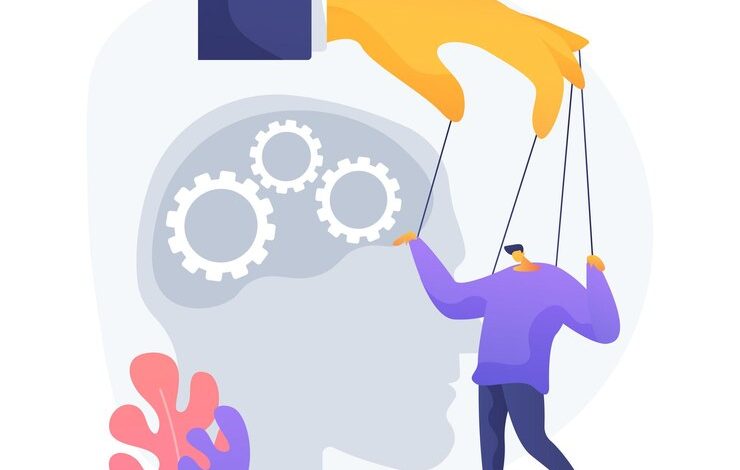The Art of Persuasion: A Potent Tool in Human Interaction
The Power of Persuasion
Persuasion is a fundamental aspect of human interaction, influencing decisions, beliefs, and behaviors. Whether in personal relationships, professional settings, or public discourse, mastering the art of persuasion can be a potent tool for achieving goals, fostering understanding, and effecting change.
Understanding Persuasion
At its core, persuasion involves the strategic communication of ideas, arguments, or proposals with the aim of influencing others’ attitudes or actions. It draws upon various psychological principles, cognitive biases, and rhetorical techniques to shape perceptions and evoke desired responses.
The Psychology Behind Persuasion
Psychologists have long studied the mechanisms underlying persuasion, exploring factors such as credibility, likeability, and reciprocity. Robert Cialdini’s seminal work on the principles of influence highlights concepts such as social proof, authority, and scarcity, shedding light on how individuals are swayed by external cues and social dynamics.
The Role of Emotion
Emotion plays a significant role in persuasion, often serving as a catalyst for action or decision-making. Appeals to emotion, whether through storytelling, empathy, or vivid imagery, can elicit powerful responses and strengthen the persuasive impact of a message.
Effective Persuasion Strategies
Successful persuasion relies on employing effective strategies tailored to the audience, context, and objectives. From establishing credibility and rapport to framing messages persuasively and anticipating counterarguments, adopting a strategic approach can enhance the likelihood of achieving desired outcomes.
The Importance of Active Listening
Active listening is a foundational skill in persuasion, enabling individuals to understand others’ perspectives, identify underlying motivations, and tailor their arguments accordingly. By demonstrating empathy and engaging in genuine dialogue, persuaders can build trust and rapport, laying the groundwork for mutual understanding and cooperation.




